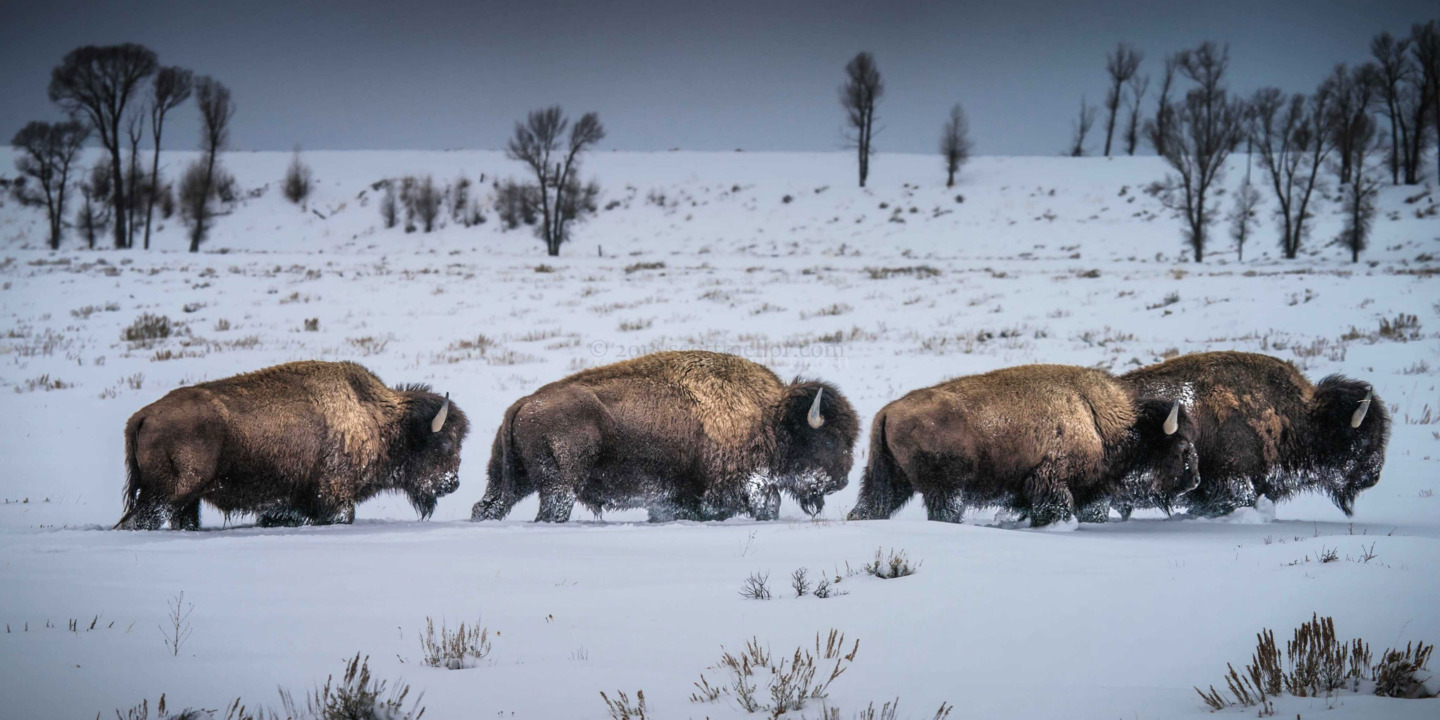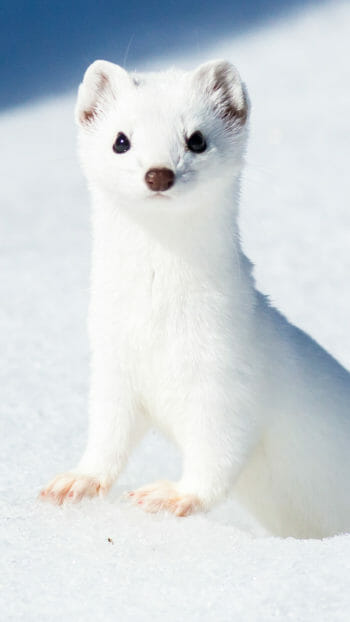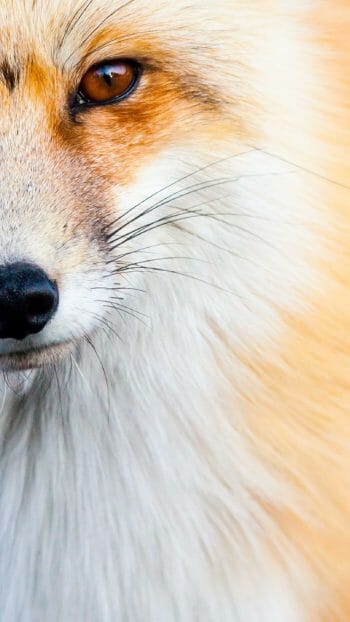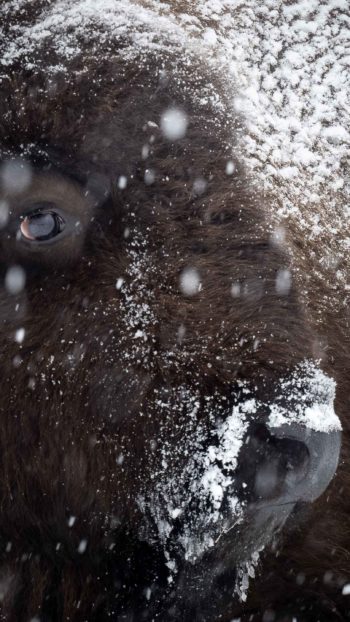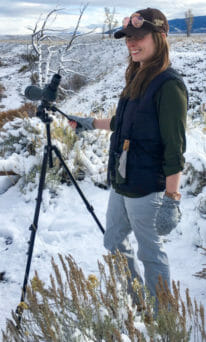Winter in Jackson Hole reveals a quieter, more intimate side of Grand Teton National Park. As the summer crowds fade and snow blankets the valley, the park transforms into a pristine wilderness filled with wildlife activity. Grand Teton winter tours offer visitors a rare opportunity to experience this peaceful landscape alongside professional naturalist guides who interpret the subtle signs of life in the snow. Whether you’re hoping to see moose foraging in the willows or the majestic elk herds gathered on the National Elk Refuge, a guided wildlife tour is the best way to immerse yourself in the beauty and serenity of the season.
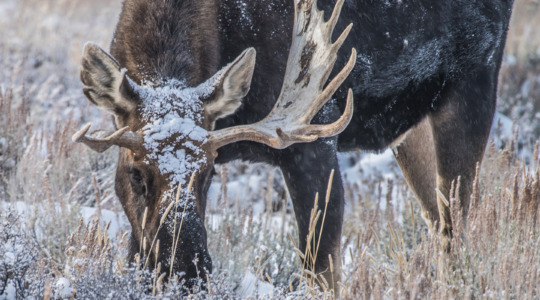
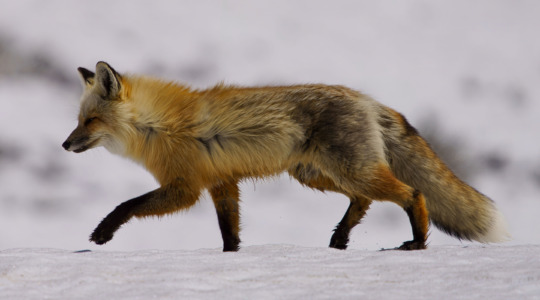
Grand Teton National Park: A Winter Landscape
Grand Teton National Park stretches across more than 300,000 acres of stunning alpine scenery. In winter, the snow-covered Tetons rise dramatically above the valley floor, their sharp granite peaks glowing pink at sunrise and dusk. The Snake River meanders through the frozen landscape, surrounded by cottonwoods, sage flats, and open meadows where wildlife congregates in the cold months. While many park roads close for the season, the main highway through the park remains open from Jackson to Moran Junction, allowing access to remarkable wildlife viewing areas such as Moose Junction, Antelope Flats, and Elk Ranch Flats. With the right vehicle and guide, winter exploration becomes both comfortable and captivating.
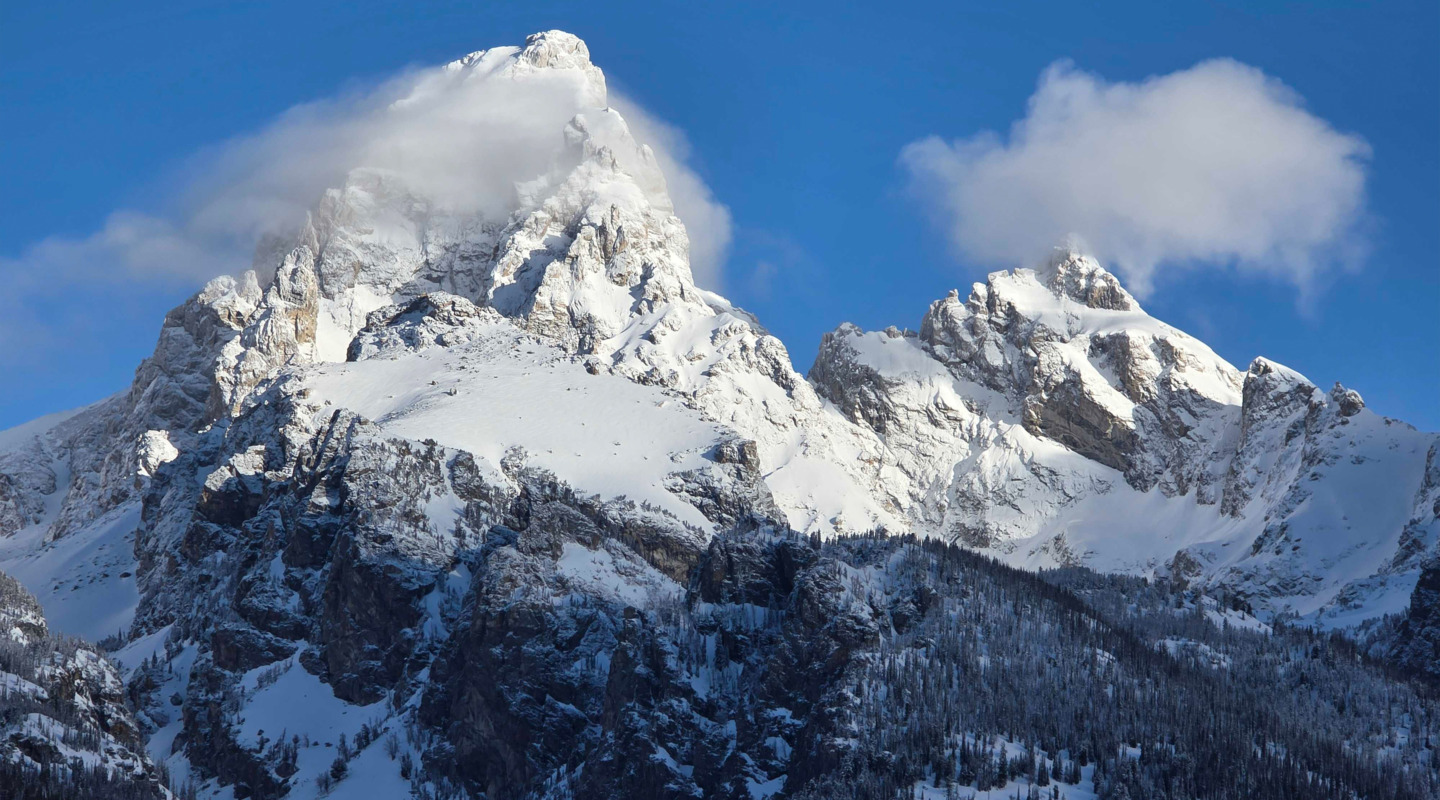
A Short History of Grand Teton National Park
Grand Teton National Park was established in 1929 to protect the Teton Range and its surrounding valleys, with the adjacent Jackson Hole National Monument added in 1943. The two were merged in 1950, creating the park we know today. This protected landscape preserves not only geological wonders and pristine habitats but also a cultural legacy of the early homesteaders and conservationists who recognized the need to safeguard this extraordinary place. In winter, visitors can still glimpse remnants of that past, like the weathered barns on Mormon Row framed by the Tetons, snow drifting across the open plains once used by pioneers and ranchers.
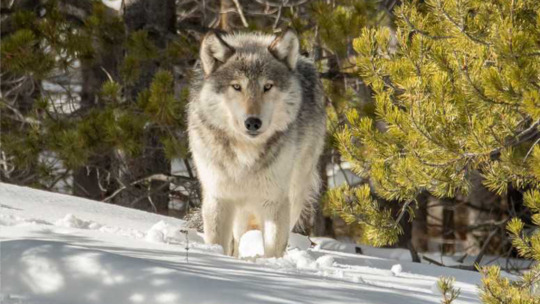
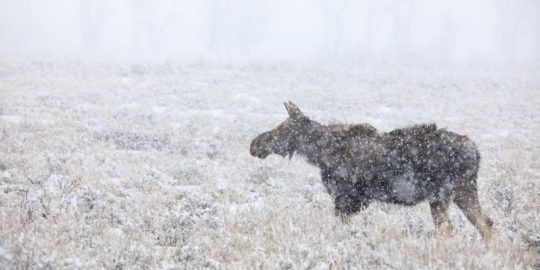
Wildlife Concentration in Winter
As deep snow accumulates in the high country, wildlife descends into the valleys where food and shelter are more accessible. This seasonal migration makes winter one of the best times to observe large mammals in Grand Teton National Park and the surrounding ecosystem.
Elk
Elk are perhaps the most iconic winter species in Jackson Hole. Thousands migrate to lower elevations each year, congregating on the National Elk Refuge. These vast herds are visible from town, their breath rising in clouds as they graze across the snow-covered sagebrush flats. Bulls, still carrying their impressive antlers, stand out against the white landscape.
Moose
Moose are another highlight of Grand Teton winter tours. They favor the dense willow stands near the Snake River and the Gros Ventre River corridor, where they browse on twigs and bark throughout the cold months. Their dark coats make them easy to spot against the snow, and with expert guidance, visitors often enjoy close yet respectful observations.
Bighorn Sheep
In winter, bighorn sheep move from the rugged cliffs of the Tetons down to the rocky slopes along the National Elk Refuge. These sure-footed animals are a favorite among photographers, especially during the rutting season when rams engage in dramatic head-butting battles that echo across the canyon walls.
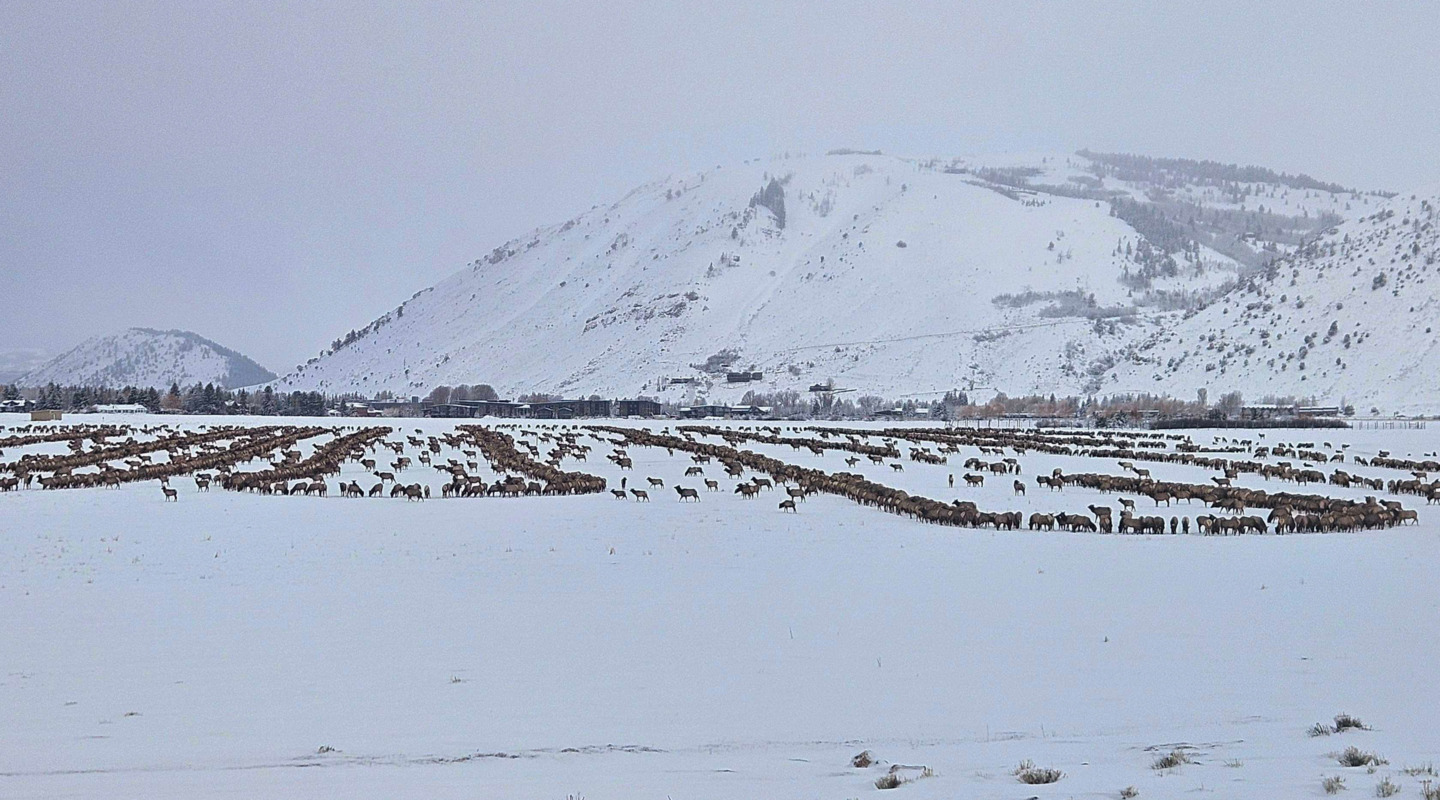
The National Elk Refuge: A Winter Haven for Wildlife
Just outside the town of Jackson lies the National Elk Refuge, one of the best wildlife viewing destinations in the American West. Established in 1912, the refuge provides critical winter range for thousands of elk, as well as habitat for bison, trumpeter swans, coyotes, bald eagles, and other winter residents. The refuge connects directly with Grand Teton National Park, forming part of the greater Yellowstone ecosystem. Visiting the refuge during a guided safari allows you to witness this incredible congregation of wildlife while learning about conservation efforts that help sustain these populations for future generations.
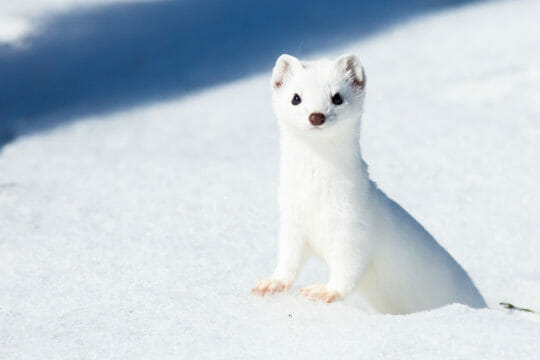
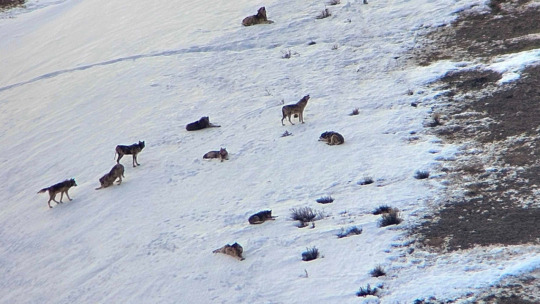
Viewing Wildlife: Optics and Expertise
Winter wildlife watching requires patience, skill, and the right equipment. Professional guides from Jackson Hole Wildlife Safaris are equipped with premium optics like high-powered spotting scopes and binoculars, allowing guests to see incredible details from a safe and respectful distance. Guides interpret animal behavior, tracks, and habitats, transforming what could be a simple sighting into an unforgettable educational experience. With the added comfort of heated vehicles, warm beverages, and expert narration, even the coldest days become deeply rewarding.
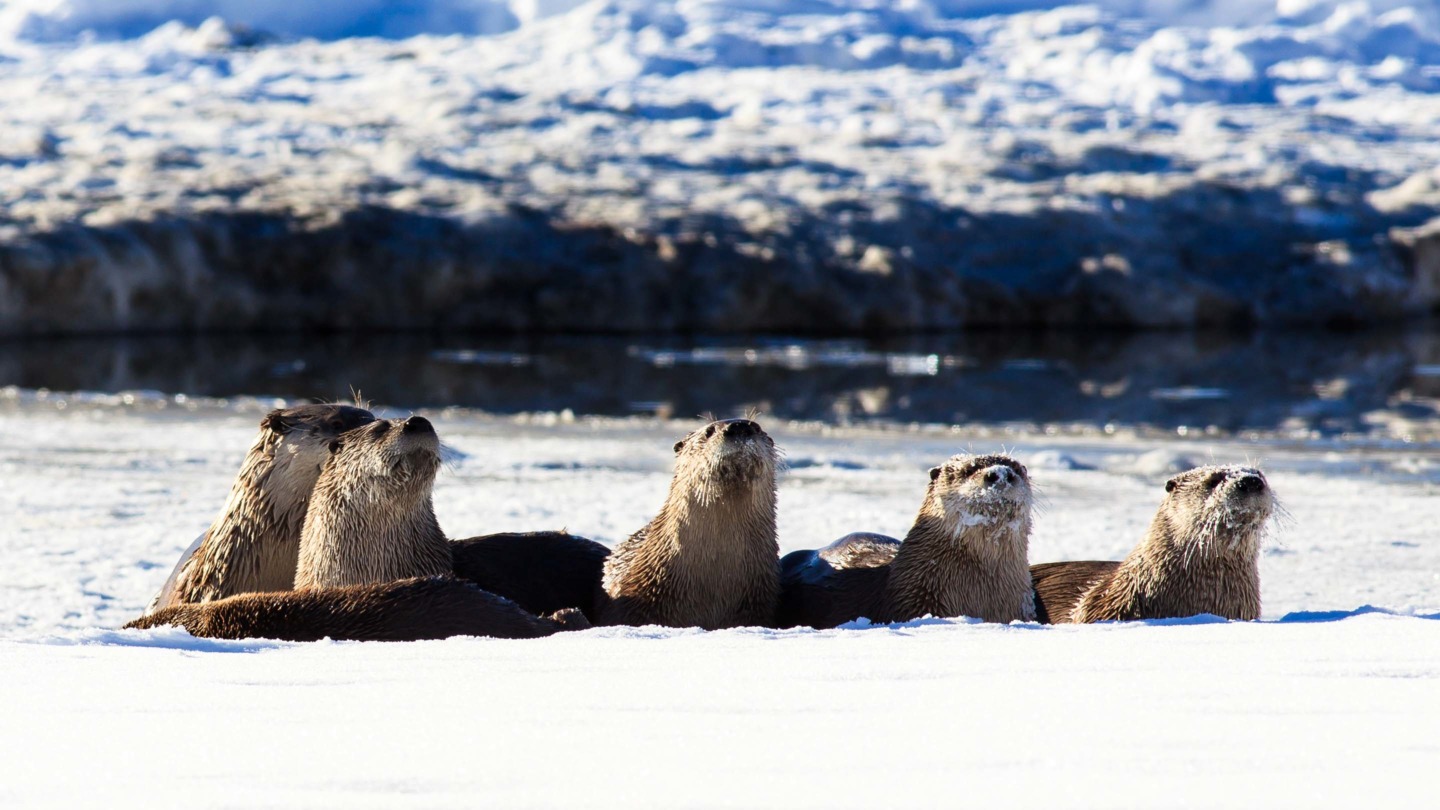
The Best Way to Experience Grand Teton in Winter
For visitors planning their first trip to Jackson Hole, joining a Grand Teton winter wildlife tour early in your stay is highly recommended. Guided safaris provide valuable context for the region’s wildlife, landscapes, and history, enhancing every subsequent adventure you take. Spend a half or full day exploring the park and the National Elk Refuge with a local naturalist, and you’ll gain a deeper appreciation for the interconnected web of life that defines this remarkable ecosystem. Each tour is tailored to seasonal conditions and wildlife activity, ensuring a personalized and memorable experience.
Book a Winter Half-Day Wildlife Safari or a Full-Day Winter Wildlife Tour directly through Jackson Hole Wildlife Safaris to make the most of your winter visit to Grand Teton National Park.
FAQs
What wildlife can I see on Grand Teton winter tours?
During winter wildlife tours in Grand Teton, guests commonly see elk, moose, bighorn sheep, bison, coyotes, bald eagles, trumpeter swans, and sometimes wolves. Sightings vary daily based on weather and animal movement.
Is Grand Teton National Park open in winter for tours?
Yes. The main travel corridor through Grand Teton National Park remains open in winter, allowing access for guided wildlife tours. Side roads and some facilities may close due to snow, but winter tours operate throughout the season.
How cold does it get during a winter wildlife tour?
Winter temperatures in Grand Teton typically range from 0°F to 25°F during the day, with colder mornings possible. Heated vehicles and warm stops are built into guided tours to ensure comfort.
What should I wear on a Grand Teton winter tour?
Wear insulated layers, waterproof outerwear, winter boots, gloves, and a warm hat. Even though tours use heated vehicles, guests often step outside briefly to view and photograph wildlife.
Why book a guided winter wildlife tour instead of going on your own?
A guided tour increases your chances of seeing wildlife safely and responsibly. Professional guides know where animals are most active, provide premium optics, manage winter driving conditions, and interpret behavior for a richer, educational experience.

